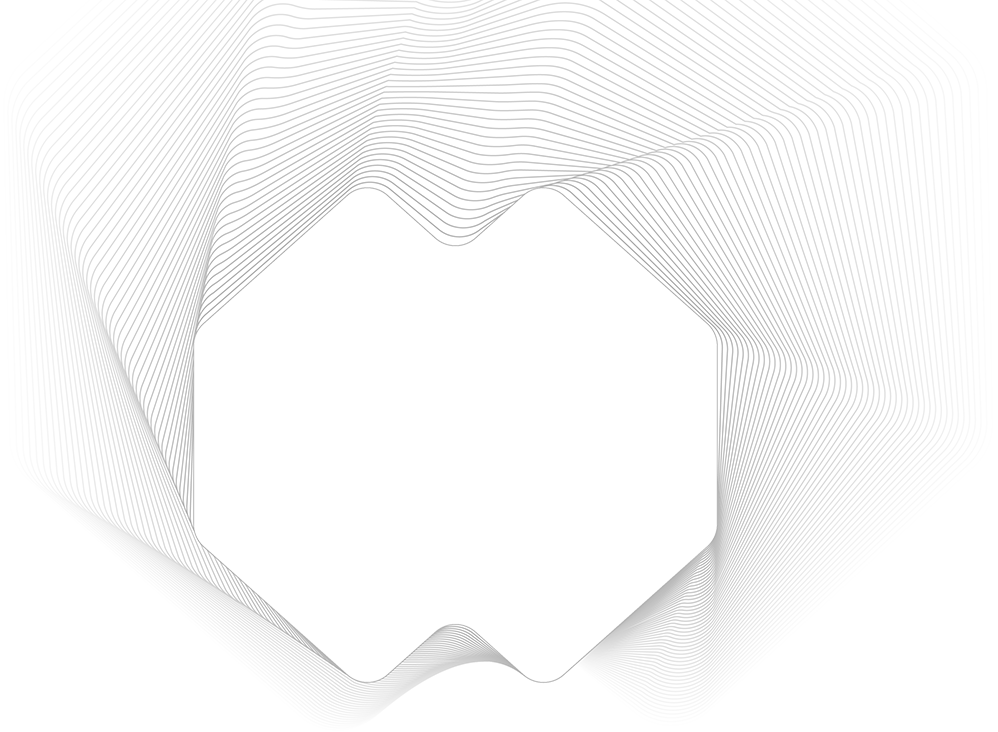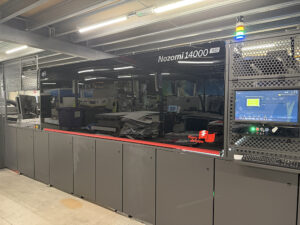Traditional Versus Digital Print


Understanding the Differences: Digital vs. Traditional Printing Technologies
In the printing industry, technology has evolved rapidly, offering businesses and creatives a variety of options for their printing needs. We love printing, all kinds of printing, but understanding the differences between digital and traditional printing technologies is essential for making informed decisions that align with your project requirements and budget. Here’s a detailed look at how digital and traditional printing differ and what each can offer.
- Technology and Process
Digital Printing: Digital printing involves the direct transfer of a digital image from a computer to a printer, typically using inkjet or laser technology. Because there is no need for a printing plate, setup times are minimal, making digital printing ideal for quick turnaround times and smaller batch jobs.
Traditional Printing (Offset): Traditional offset printing uses plates (usually made from aluminium) to transfer an image onto a rubber “blanket,” and then to the printing surface. The setup for offset printing is more involved and time-consuming than digital printing, as each plate must be created and set up manually.
- Cost Efficiency
Digital Printing: Digital printing is cost-effective for small to medium runs because it requires less setup and materials. Newer technologies, like the B1 Landa platform allow Digital suppliers to remain competitive in a much higher volume bracket than they would previously have been able.
Traditional Printing: Offset printing involves higher initial setup costs due to plate creation. However, for large volumes, these costs are offset by the lower per-unit cost. This makes traditional printing the more economical choice for much higher volume projects.
- Print Quality and Materials
Digital Printing: Modern digital printers, like our Landa and HP Indigo presses offer high-quality prints with excellent resolution and vibrant colours. Digital printing excels in producing detailed images on a variety of substrates including paper, canvas, fabric, and even ceramics. However, the quality might vary slightly depending on the printer and ink used.
Traditional Printing: Offset printing is renowned for its quality and precision, particularly when it comes to colour accuracy and detail. It works best on flat, uncoated surfaces and is the preferred method for a wide range of materials, including textured papers and cardstocks.
- Personalisation and Flexibility
Digital Printing: Digital printing allows for high levels of customisation. Print runs can be easily modified between batches without significant downtime or costs, such as changing names, addresses, or even entire design layouts. This makes digital ideal for personalised marketing materials, like direct mail campaigns.
Traditional Printing: While offset printing delivers exceptional quality, it lacks the flexibility of digital printing. Any changes to the print job require new plates to be made, which can be costly and time-consuming.
- Turnaround Time
Digital Printing: Digital printing offers rapid output due to minimal setup time. This makes it ideal for projects requiring a quick turnaround or last-minute changes.
Traditional Printing: Due to the extensive setup required, offset printing has longer lead times. Planning and early setup are essential to meet project deadlines.
- Environmental Impact
Digital Printing: Digital printing generally has a smaller environmental footprint. It produces less waste because there’s no need for plates or chemicals used in plate making. Many digital printers also use eco-friendly water-based inks and have energy-efficient certifications.
Traditional Printing: Offset printing can be less environmentally friendly due to the waste produced in plate making and the use of chemicals. However, many traditional printers are now adopting more sustainable practices and materials to reduce their environmental impact.
Signing-off
Choosing between digital and traditional printing technologies depends on your specific needs – whether it’s the scale of the project, budget, quality requirements, or turnaround time. Understanding these differences can help you select the right printing method that best suits your project, ensuring optimal outcomes both in terms of quality and cost-efficiency. In many scenarios, digital printing emerges as the superior choice due to its flexibility, faster turnaround times, and the ability to economically handle shorter print runs with exceptional quality. If you value efficiency, customisation, and sustainability, digital printing might just be the ideal solution for your printing needs, providing a modern approach that keeps pace with the demands of current business landscapes.
News & Thoughts
Explore
our
Workshop
View world-class digital technologies in action
across our 100,000 sq ft facilities. See how our
smart thinking and visionary printing team are
shaping the future of print. Book in for a
consultation & workshop floor tour.
View world-class digital technologies in action across our 100,000 sq ft facilities. See how our smart thinking and visionary printing team are shaping the future of print. Book in for a consultation & workshop floor tour.
 Back to News
Back to News


